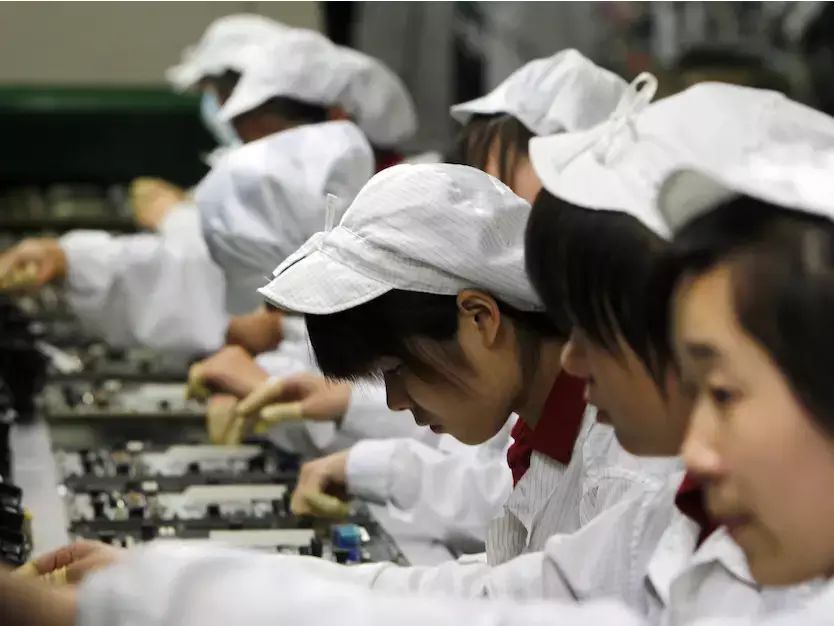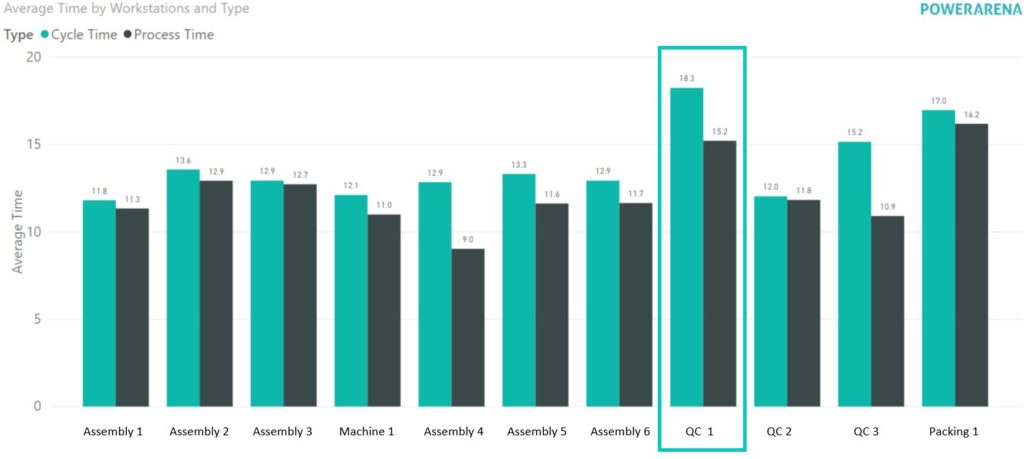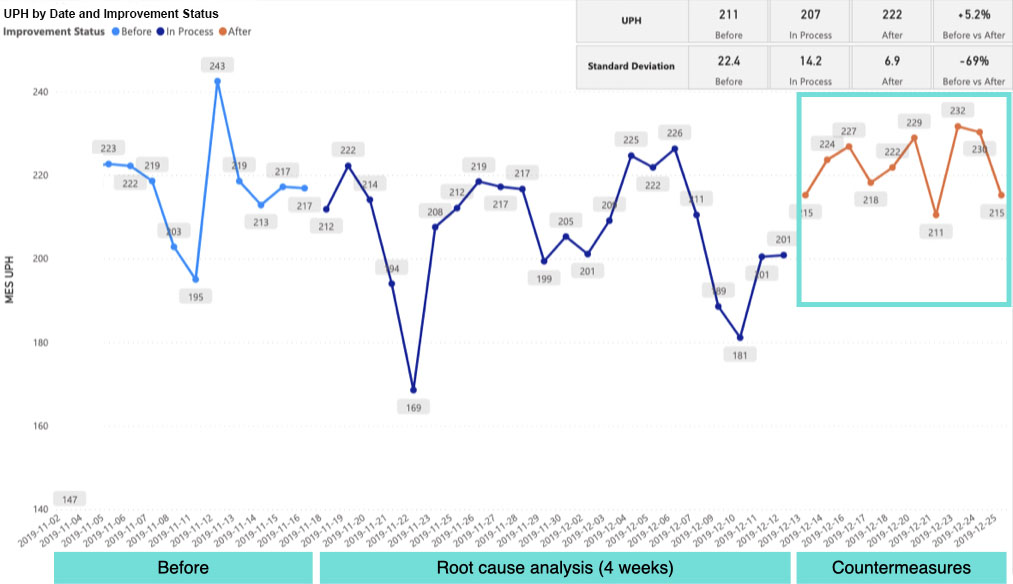Case Study
Improve Productivity Through Better Line Balancing from a Global Top 5 EMS Company
With data collected through PowerArena, the global renowned company tackled its bottlenecks and successfully achieved line balancing.

1. Background
For years, the plant serves as a high mix, low volume manufacturing site with clients from various industries, supplying some of the most renowned and respected brands in the world.
The renowned EMS company is walking on the front line of Industry 4.0, and one initiative from their vision is to capture the data of labor-intensive activities and utilize those for productivity improvement.
2. Business Challenge
The production line was found to be unbalanced. For instance, there was a precise bottleneck in one of the stations where multiple workers were operating machines to test the flat display panels.
“Root cause analysis had been troublesome and difficult as our time is limited. We knew that there are issues delaying our process but we simply didn’t have the time to collect all the data needed manually as we also have other responsibilities.” Mentioned site IE Manager. Industrial Engineers at the site had to manually capture the data from production lines. However, they were only able to collect about 15 minutes worth of data per month. Limited data made it difficult for managers to identify the bottlenecks and effectively form an improvement plan accordingly.
On the other hand, the site also marked that most workers needed to leave their workstation to perform other tasks assigned, slowing down the production flow. It was also noted that the flow tend to abate when close to break time.
3. Solution
With PowerArena deep learning AI analysis, the shop floor’s real-time data are easily collected, with human factors digitalized through IP cameras, enabling industrial engineers to access the footages from when production cycle time slowed down or whenever an issue occurred to further identify the problem and propose an improvement plan based on the data. 
Data collected revealed that it broke down to worker multitasking and machine malfunction when it comes to the prolongation of cycle time. After accessing the footages, plant managers analyzed why they factored.
Worker Multitasking: Operators were often in need of leaving their stationed stations under various circumstances, such as material supplement or taking the defective products away.
Machines Malfunction: A certain screwing machine crashed more than often and was in need of repair. Operators were forced to put their work on hold to call in the technician.
Apart from the two main factors mentioned, the videos recorded also uncovered a couple issues that plant managers were not aware of.
For one, some workers were leaving their workstations 15-20 minutes earlier than scheduled, which resulted in works slowing down when close to break time. For two, some workstations required a larger working space than the others, when the space was limited, worker had to move their needed material elsewhere, prolonging their cycle time.
PowerArena pointed out the issues within the production lines that plant managers weren’t aware of. After obtaining the information, manager were able to respond quickly and form an improvement plan accordingly.
Developed Countermeasures:
- Task Delegation: Assign supporting workers for material supplement as well as taking the defective products away.
- Worker Training: Workers were taught to ask for cover from other supporting workers if they really need to leave the station. Warnings were also given to workers leaving their posts prematurely.
- Machine Maintenance: Machines were inspected carefully and the problem that caused the machines to break down frequently were fixed
- Space Rearrangement: Workstations space were rearranged base on the work operated and supply needed.
Results
5.2% UPH Improvement
After implementing the improvement plan, the factory saw a significant change in efficiency and productivity within its production line. Besides, whenever a new situation may occur, plant managers now have unbiased and real-time data of site production lines 24/7 at their disposal, taking off the work load for industrial engineers, enabling them to form plans for improvement. 
With improvement plans initiated, the production has become more stable. In just four weeks after deployment, the manufacturing site marked a 70% reduction in the standard derivation of the UPH, which translates to over 5.2 % Unit Produced Per Hour improvement, with over 5x return on investment (ROI).
